Then he looks up and stares at the barren field before him. What exists digitally does not exist physically.
Rambabu is one of the hundreds of farmers, who pooled their land, and contributed it towards the 34,000 acres of fertile farmland taken over to build Amaravati. In return, they were promised plots of land that would eventually be developed into prime property.
“When I see this land, I don’t see my farm anymore. I see what should be my house,” says Rambabu.
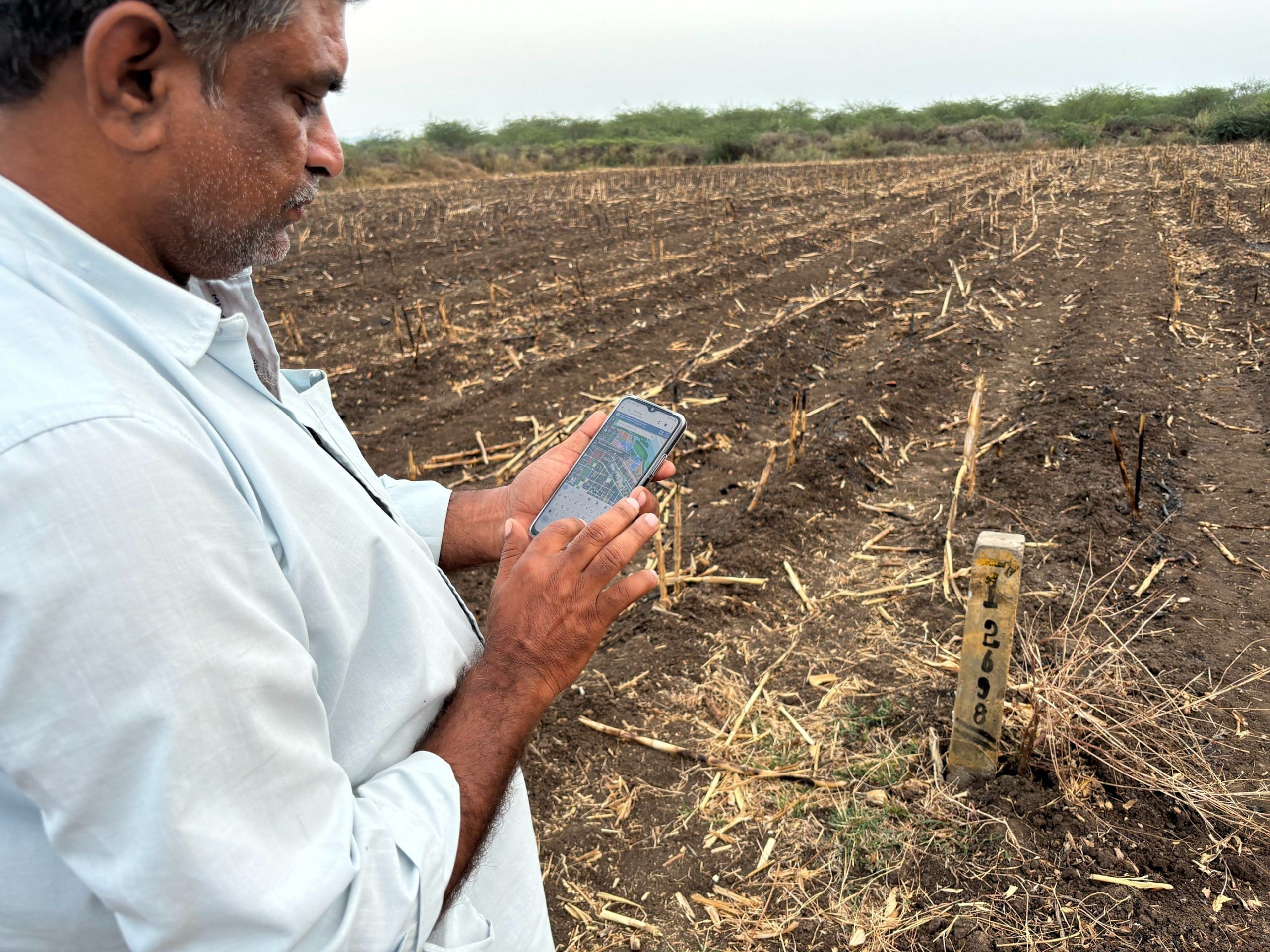
To him — and all the other farmers from Amaravati — the land is now a commercial possession, which would have been worth crores had the city been built. He uses the map and points to various empty points around him. His land would have been right off Ring Road, close to the high court.
But around 350 kilometres away from the fields and the broken promises of Amaravati, the port city of Visakhapatnam is thriving. And many residents there claim that elevating Visakhapatnam to the status of a capital will not only develop the entire region further, but will also, finally, give the city its due.
In Andhra Pradesh, it’s not a tale of two cities — it’s a tale of three capitals.
The three capitals in question are Amravati, Kurnool, and Visakhapatnam (also called Vizag). On one side is the incumbent YSR Congress Party (YSRCP) government, which promises that capital status for all three cities will ensure equitable social and economic development of the entire state. On the other side is the TDP-led opposition, which started the project of building one capital in Amaravati, but was voted out of power in 2019.
The YSCRP’s decision left the farmers of Amaravati, who had pooled their agricultural land to build the city, in the lurch. They say that the state’s sole focus should be on developing Amaravati as the only capital.
But in the northeastern corner of the state, where Visakhapatnam lies, the city’s scenic Rushikonda Hill is already preparing to be the seat of Chief Minister Jagan’s government. In an interview to India Today, he alleged that Amaravati is a “scam”. The promise to implement the 3-capital plan was front and centre in YSRCP’s manifesto. Andhra Pradesh will vote for the Lok Sabha as well as assembly elections on 13 May.
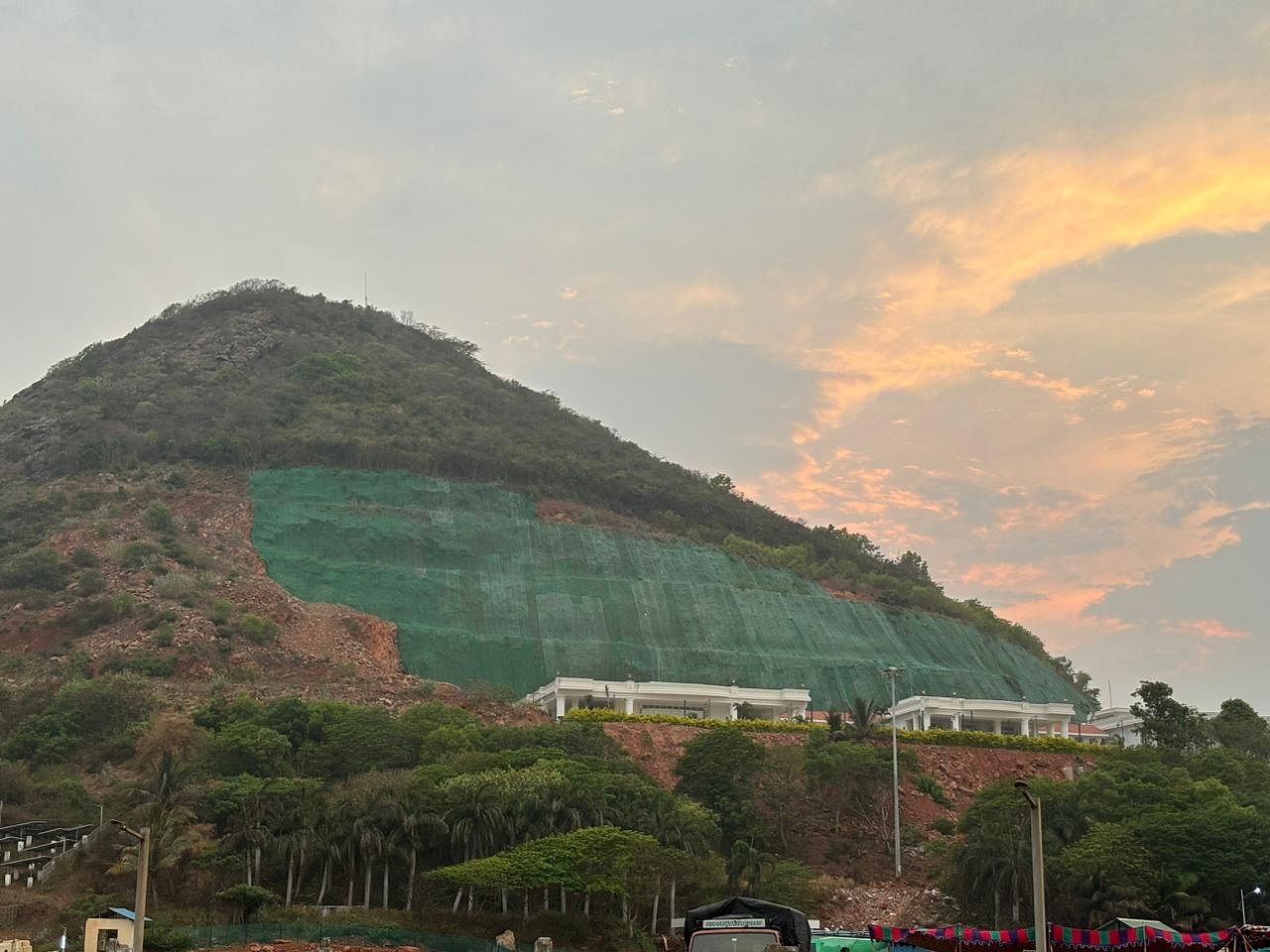
“Visakhapatnam has great development potential — it has global connectivity and excellent infrastructure already,” says Professor H Lajipathi Rai, chairman of the Joint Action Committee for Decentralised Administration. “We’re a new state, and the Chief Minister wants to develop us, instead of focusing on one capital in one region. He is determined on three capitals, because it will help directly develop backward regions of Andhra Pradesh. Why locate all eggs in one basket with one capital?”
The plan for three capitals is not only tied to the state’s growth, but is also a nod to the complicated history of the region and all its different identities. For some, the bifurcation of the state into Andhra Pradesh and Telangana in 2014 was only the first step to recognising the assertion of Telugu identity and pride. Decentralising power across the new state — to ensure everyone gets their due — is the next one. And, the YSRCP’s government’s plan is to deliver this promise.
In the meantime, however, there is anxiety across the state, which does not yet have a fully functional capital, let alone three.
Prime agricultural land in Amaravati was taken over for the capital project, which is like a real estate project in disguise, according to veteran Congress leader Pallam Raju, former cabinet minister for human resources development.
“Unfortunately, Project Amaravati was planned after overlooking the recommendations of the Sivaramakrishnan Expert Committee, which was formed to determine the location of the capital. However, since the farmers had agreed to part with the land, the succeeding government should have continued the project, just like how Dr YSR continued the development initiatives of Chandrababu Naidu at Hyderabad,” Raju said. “Whether or not the current plan has political payoffs, it has certainly created chaos.”
Also Read: No populism in YSRCP manifesto, CM Jagan reiterates determination to implement 3-capital promise
A historical plan
The brand new state of Andhra Pradesh was to receive a brand new capital, built from scratch, in Amaravati.
But the plan came to a grinding halt when Chandrababu Naidu’s TDP was voted out of power in 2019. Instead, the YS Jagan Mohan Reddy-led YSRCP government announced plans to have three capitals — Amaravati would be only the legislative capital, while Visakhapatnam would become the state’s administrative capital, and Kurnool the judicial capital.
The seed for this idea was first planted 1937.
At the time, the region of Andhra Pradesh was still under the colonial Madras Presidency. But Telugu people were demanding a state of their own, which would require the coming together of leaders across all Andhra regions. The location of Andhra University in Visakhapatnam had already caused tension between leaders from the better-developed coastal Andhra and the less-developed Rayalaseema. Many feared it would keep economic, social and political activity confined to one part of the large state and leave other Telugu-speaking regions behind.
Eight leaders from coastal Andhra and Rayalaseema — including Pattabhi Sitaramayya, Konda Venkatappaiah and Kallur Subba Rao — met at Sribagh, the house of popular leader Kashinathuni Nageshwara Rao, and chalked out a plan on how to develop both regions. They agreed on various points, like the location of universities and irrigation plans. They also agreed to decentralise power across the state, and that Andhra University, the state’s headquarters, and the high court should be located in different parts of the state.
Their agreement came to be known as the Sribagh Pact, and it is this historical consensus that many leaders across northern Andhra and Rayalaseema reference, when they talk of the YSRCP’s three-capital plan. The pact eventually fell by the wayside after Andhra State was officially merged with Hyderabad State in 1956 to form Andhra Pradesh, with Hyderabad as its capital.
“In spite of such efforts, this historical anomaly became a failure of the state,” says Professor Rai. “The Chief Minister’s three-capital plan is trying to nullify the historical blunders of the past, when leaders didn’t have foresight,” he adds.
The hope is that Visakhapatnam’s development will trickle down to the rest of northern Andhra, which is largely a tribal belt. The same is expected for Kurnool in Rayalaseema. Rai refers to both northern Andhra and Rayalaseema as underdeveloped and backward areas.
The idea for Amaravati, too, has been decades in the making, much before TDP supremo Chandrababu Naidu’s plan. Naidu, who has the development of Hyderabad to his name, was seen as the man who could make Amaravati a reality. But his father-in-law and party founder N.T. Rama Rao had the idea first.
“In principle, decentralising is good,” says EAS Sarma, former secretary to the Government of India, who has also held several senior positions in undivided Andhra Pradesh. “But decentralising buildings is not decentralising systems. True decentralisation is the devolution of power, to make it accessible to the people. The word ‘development’ is used very loosely — real development is for the people, and should be what truly benefits them.”
He pointed out that the present infrastructure is already inaccessible to the common man, and having a high court in a different city from the secretariat and legislature would make it harder for people to travel to meet with authorities to address their needs.
“Both Naidu and Jagan took decisions on the capital unilaterally — without consulting authorities or the public at large. The people should have been involved in the decision,” adds Sarma.
The case for Visakhapatnam
The biggest city in Andhra Pradesh, the port of Visakhapatnam, has always been a bustling hub of commercial and cultural activity.
Chief Minister Jagan Mohan Reddy recently announced that Visakhapatnam will be his home after the elections, and that he plans to govern the state from the city as its administrative capital. He also launched his “Vision Visakha” plan, which aims to bring in Rs. 1.05 lakh crore of investments over the next ten years. He aims for the city to become a global metropolis at par with cities like Hyderabad, Chennai and Bangalore.
“Amaravati is a virgin land and to develop 50,000 acres of barren land in Amaravati, we need to pump up Rs. One lakh crore, whereas it is easy to develop Vizag which has basic infrastructure, it just needs a little bit of a push-up,” Jagan had said.
“We are committed to decentralisation and having 3 capitals,” says the YSRCP’s Lok Sabha candidate from Visakhapatnam, Botcha Jhansi Lakshmi. “We made this decision keeping in mind past experiences. From Andhra state, we lost Chennai, and then the development was heavily concentrated in Hyderabad, neglecting other regions in the state. With the state division, Andhra Pradesh suffered a massive loss. Considering such circumstances won’t recur and to ensure equal development in all the regions, we adopted the 3 capitals concept,” she adds.
Vizag is experiencing a real estate boom, with many developers rushing to help realise the city’s potential. Residents are excited about the prospect — Visakhapatnam was always only second to Hyderabad in undivided Andhra Pradesh. With its international airport, navy base, and port connectivity, the city has always been a link to the rest of the world. Its long coastline also makes it a tourist destination.
“We want new industries, more central government offices, new investors — all this can help the region not only generate employment across various sectors, but will also add more revenue to the economy,” says Rai, who has canvassed across the region to do a litmus test of support for the city as a capital. “The capital is just a concept. The Chief Minister wants to give us a capital because people are not yet fully aware. Simply having aspirations is not sufficient, people need to know how to make use of the resources, facilities, and opportunities being given to us as by the government. And a capital city status will help that.”
The city is also the most cosmopolitan one in the state, according to residents, and lends itself to the image of a capital city. The presence of the Navy and institutions, like the Waltair Club, has helped hone the culture of the city, making it home to people from across India.
“Vizag is the only cosmopolitan city in Andhra and is home to all kinds of religions, castes, and sensibilities,” says Satindar Singh Sethi, who has lived there for over 50 years. “Vizag as the administrative capital is the right choice, because you have educated people here.”
Sethi, who has been running a tyre shop for 39 years, has seen the city change around him. He speaks fluent Telugu, and lists the various reasons why he chose to make the South Indian city his home. Visakhapatnam is a suitable choice not just because of its connectivity, but also because of its already popular universities and thriving IT ecosystem. Amaravati is located in the interior of Andhra, and Kurnool is too underdeveloped, according to him.
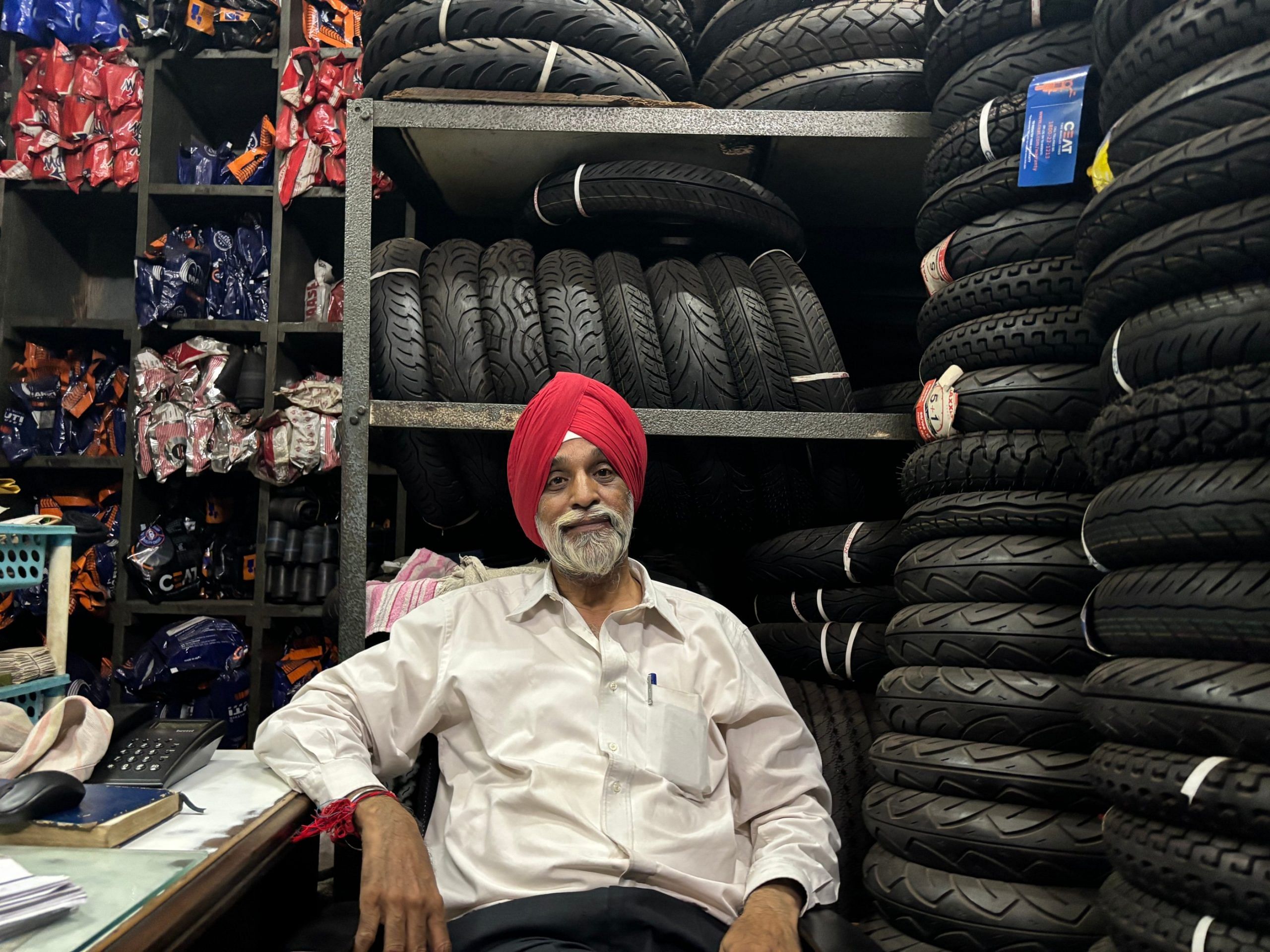
“Here, you already have people rubbing shoulders with people with potential,” said Sethi, gesturing to the street in front of him. “Vizag is the obvious choice, but the previous government was determined to make Amaravati a reality when the focus should have been on existing infrastructure.”
Also Read: ‘My sisters part of Naidu conspiracy,’ says Jagan, asks Kadapa-Pulivendula voters to pick YSR successor
One state, one capital
The issue around the capital has ruffled the feathers of the farmers, who gave up their land to build Amaravati.
“The whole state must develop, but we are the centre of the state, and we have already given our lands — this is what we are owed,” says farmer K. Jagan Mohan Rao. “It’s been ten years and we are still waiting for this. The future of our children and grandchildren is at stake. It was our misfortune that we trusted one government.”
All across the 29 villages that were to become the capital city, small protest sites have popped up, where farmers gather to consistently raise the demand for “one state, one capital”. A chalkboard outside each counts the number of days they have been protesting for. They have been challenging the government’s decision to develop three capitals in the high court through several petitions.
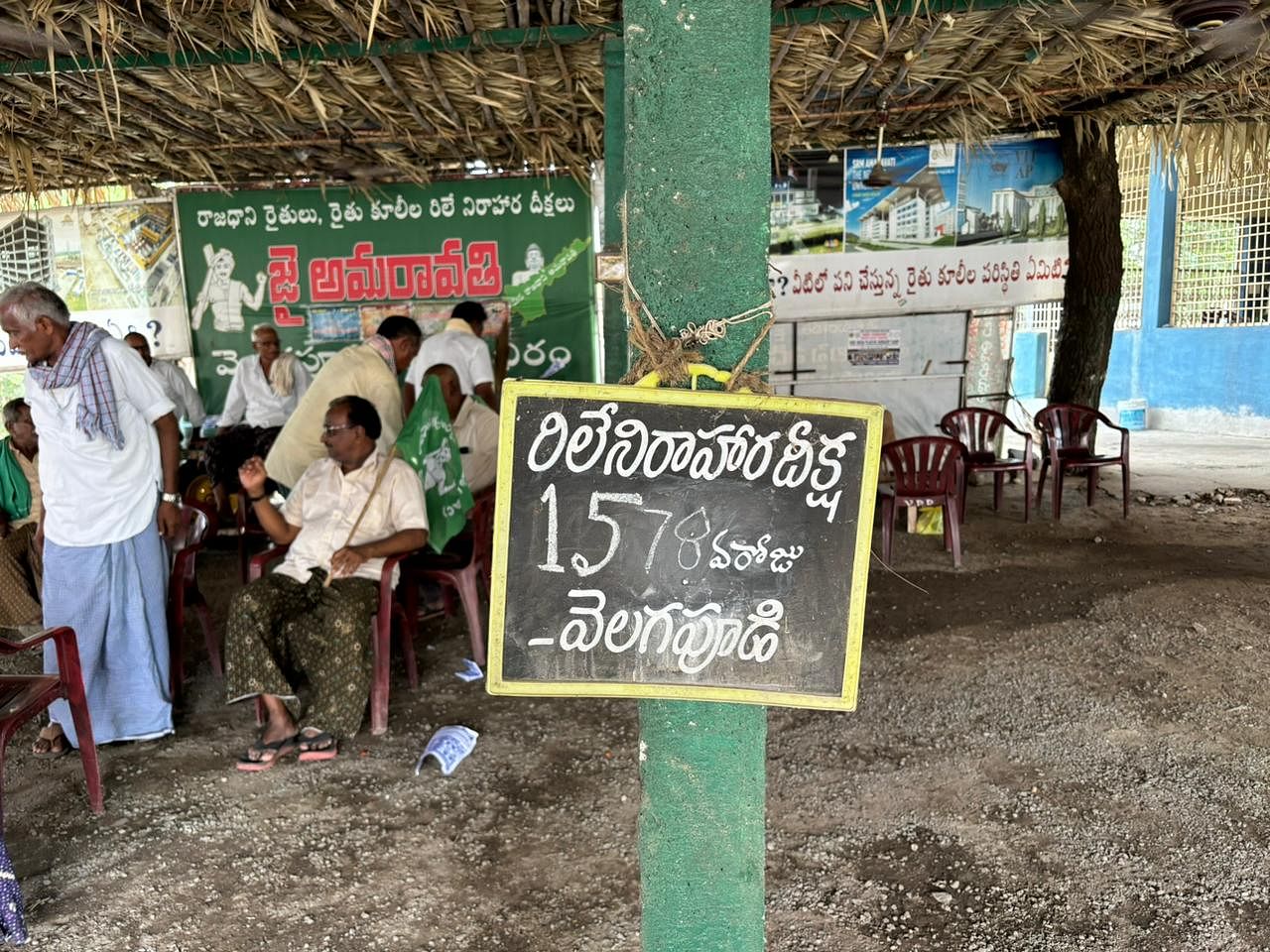
“When the TDP announced Amaravati as the capital, we also came up with a roadmap to develop all regions in the state. For the convenience of governance, the capital should be in one place, but development must be decentralised,” said TDP general secretary Nara Lokesh. “Now, the Chief Minister has tried to create a narrative that if a capital doesn’t go to one region, it won’t be developed.”
The residents of these villages seem disgruntled by the plan for three capitals and worried about whether they will get their due. Most of them belong to the Kamma community — a loyal TDP votebank.
“We have given our land for the sake of the state,” says 35-year-old Narendra Karumanchi, a resident of Velagapudi village in Amaravati. “Vizag is already developed, it’s a peaceful city. Why should it be developed as a capital? Why can’t it just be a city?”
The high court in March 2022 gave a verdict in favour of developing Amaravati as the state capital within a stipulated time frame. The state government then filed a special petition in the Supreme Court challenging the order. The Supreme Court stayed the high court’s verdict, but it did not stay the order declaring Amaravati as the state capital. The matter is now at a legal and political impasse.
“We’re not asking for a lot. We are asking for what we have been promised,” says farmer N. Srinivas.
The concerns over capital status
Today, Amaravati is defined by its proximity to Vijayawada, which, like Visakhapatnam, has existing infrastructure, and has grown in leaps and bounds since the bifurcation of Andhra Pradesh. Kurnool is still running behind the pack, but the high court being set up here could mitigate that.
While the capital matter seems to be a polling issue in Amaravati, voters in Visakhapatnam simply want the city to develop properly.
While Professor Lajipathi Rai insists that decentralisation means residents of Andhra can cross-pollinate and travel across the state, which will help cultural integration and awareness, EAS Sarma cautions that it could actually make state infrastructure more inaccessible and obtuse.
In Vizag, especially, there are concerns over what the real estate boom could do to existing infrastructure. Some residents are bracing for increased traffic congestion and pollution, and worry about their own land rights.
“The idea, they say, is to bring development and properly improve the area. But this is happening without fully understanding the development that current residents need,” says K Ravi, president of Murikiwadala Nivasula Samkshema Sangham, which works for the rights of slum dwellers. “The people need water, pattas for land rights, and better drainage systems first.”
And residents of slums like Gandhi Nagar, by the railway tracks, worry that they will be displaced and moved as Visakhapatnam grows into a formal capital city.
“The idea of a capital is a good idea, if it happens we know it will be good for everyone,” says 65-year-old Venkata Ramana, a resident of Gandhi Nagar. “But honestly, we can’t talk about it because it is irrelevant to us. This is an issue for the wealthy. We poor people don’t care about whether it is a capital or not, our concerns are whether we have water, electricity, education, security, and houses of course.”
His son, Appa Rao, has a slightly different opinion. “I think the capital in Vizag would be bad for the poor, I would go as far as to say that. We might be displaced, or if we’re lucky, moved somewhere else. But even then, I would have to travel to the city to find work.”
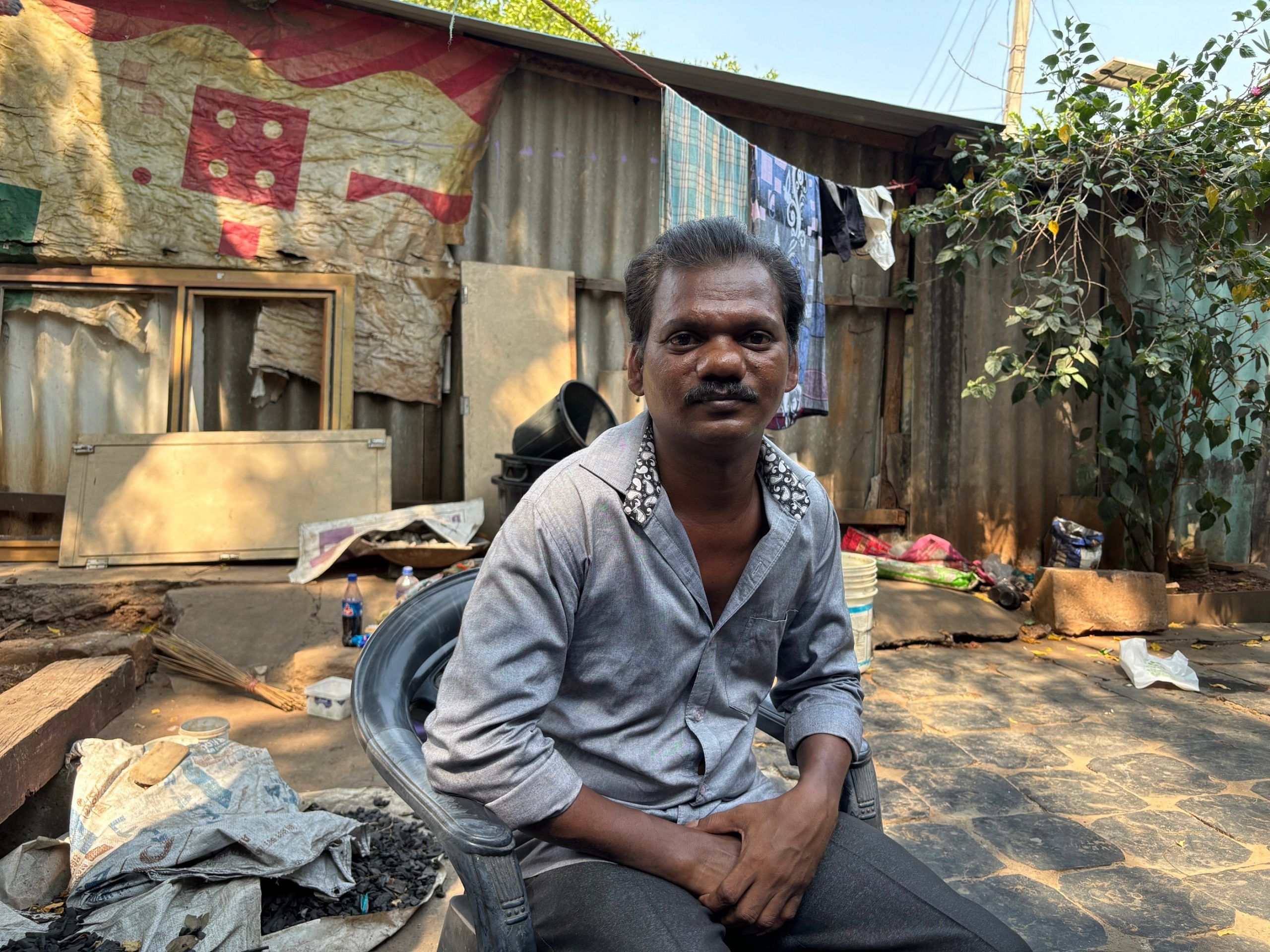
The residents are already seeing the “capital” come up around them. They describe a swimming pool that was just built, right by their slum, for officers who work in the Railways. “Only building a swimming pool and five-star hotels should not be called development. If we have proper roads and sanitation first, that’s development too.”
(Edited by Mannat Chugh)
Also Read: Sharmila ‘is also YSR’s blood’, but in family bastions Kadapa & Pulivendula, brother Jagan is supreme

